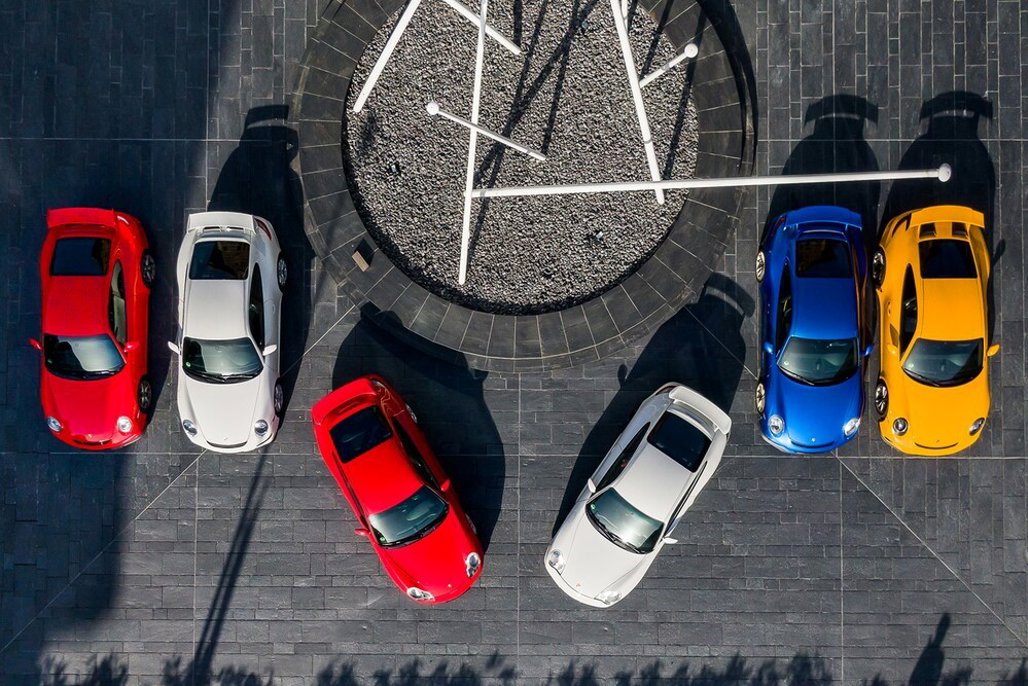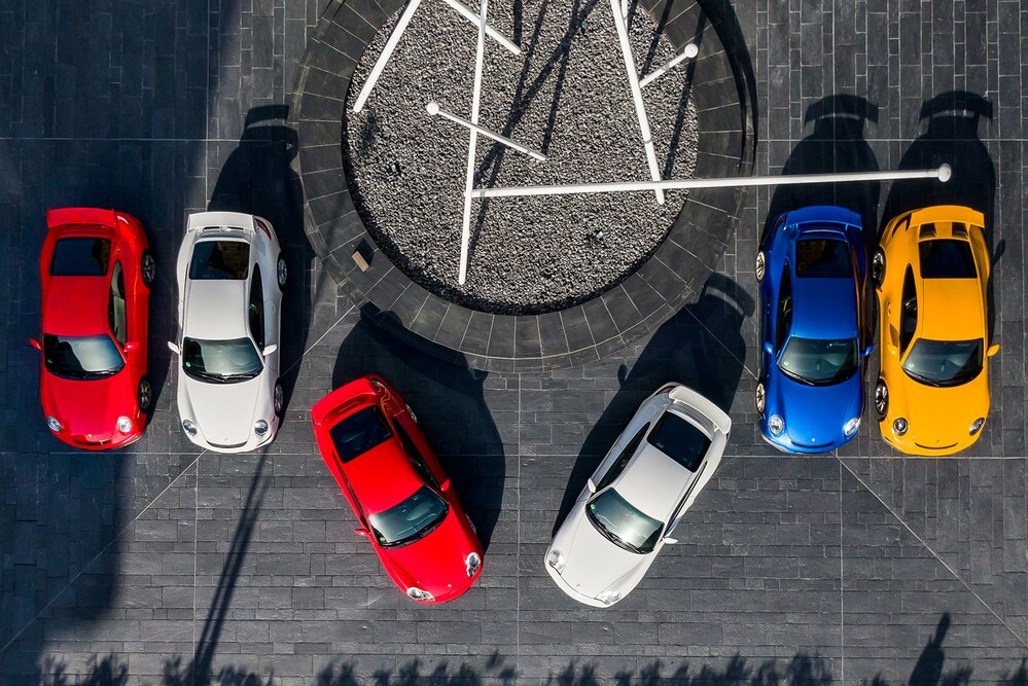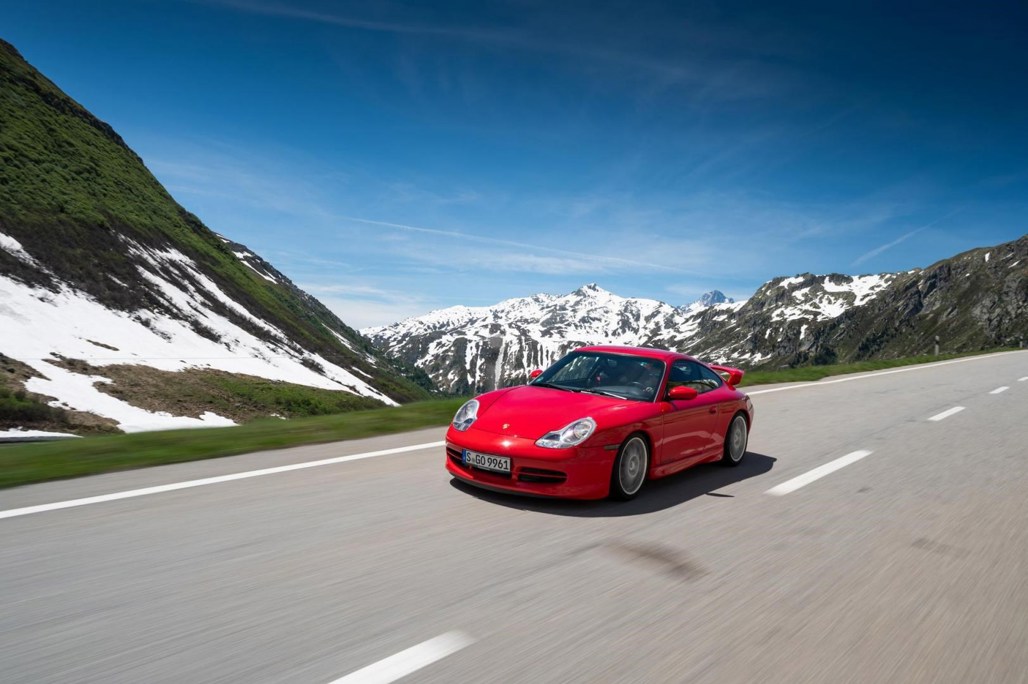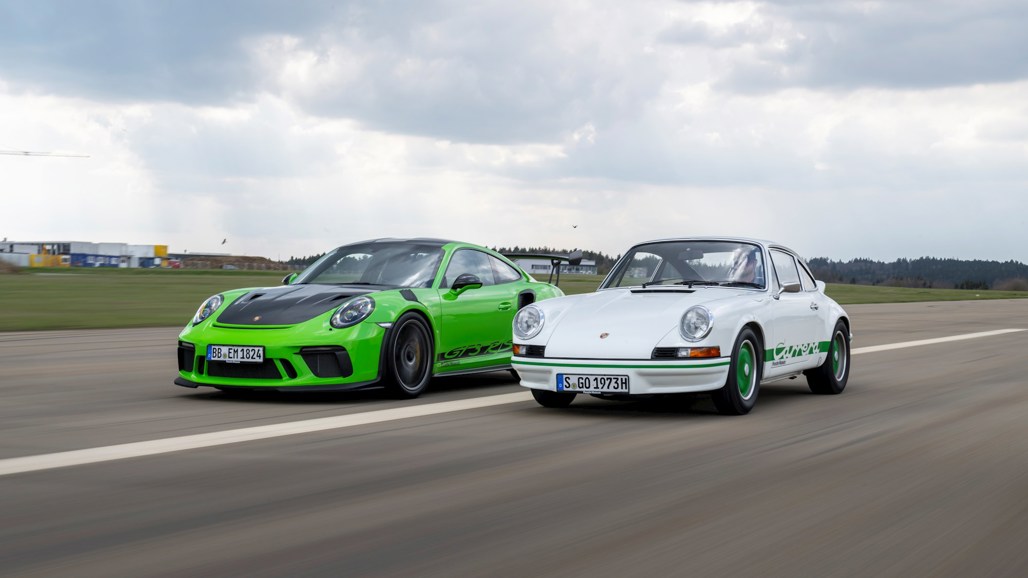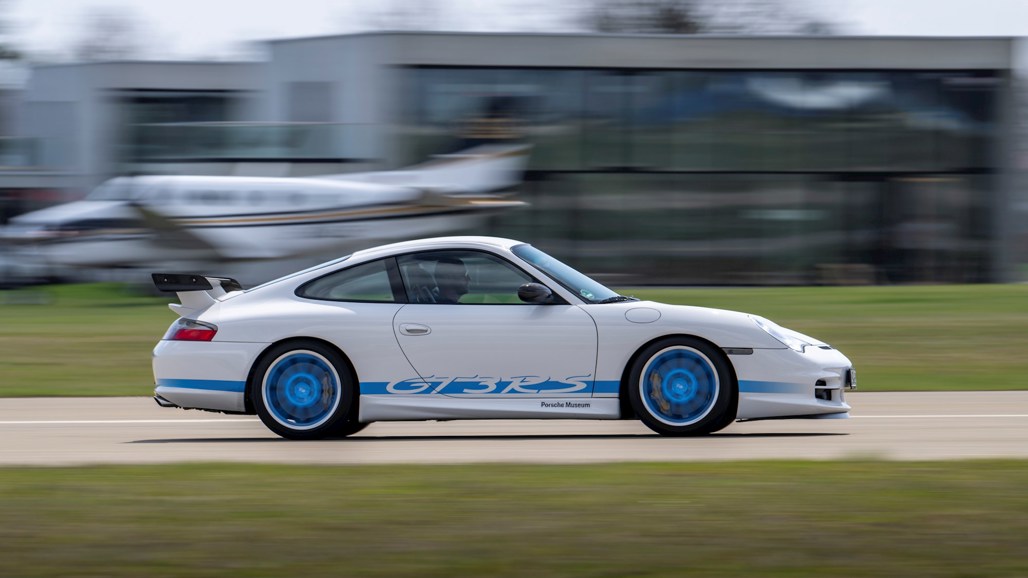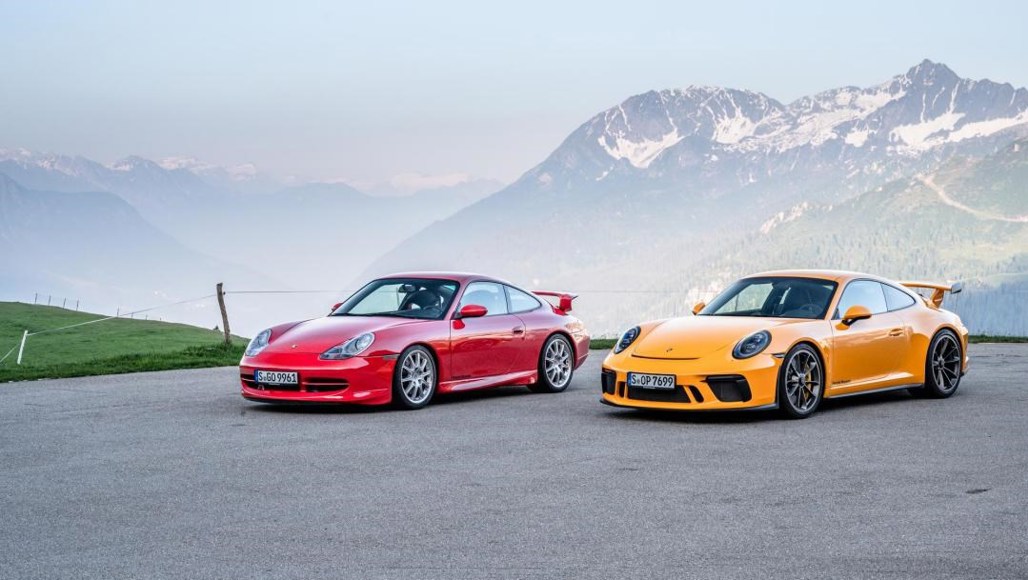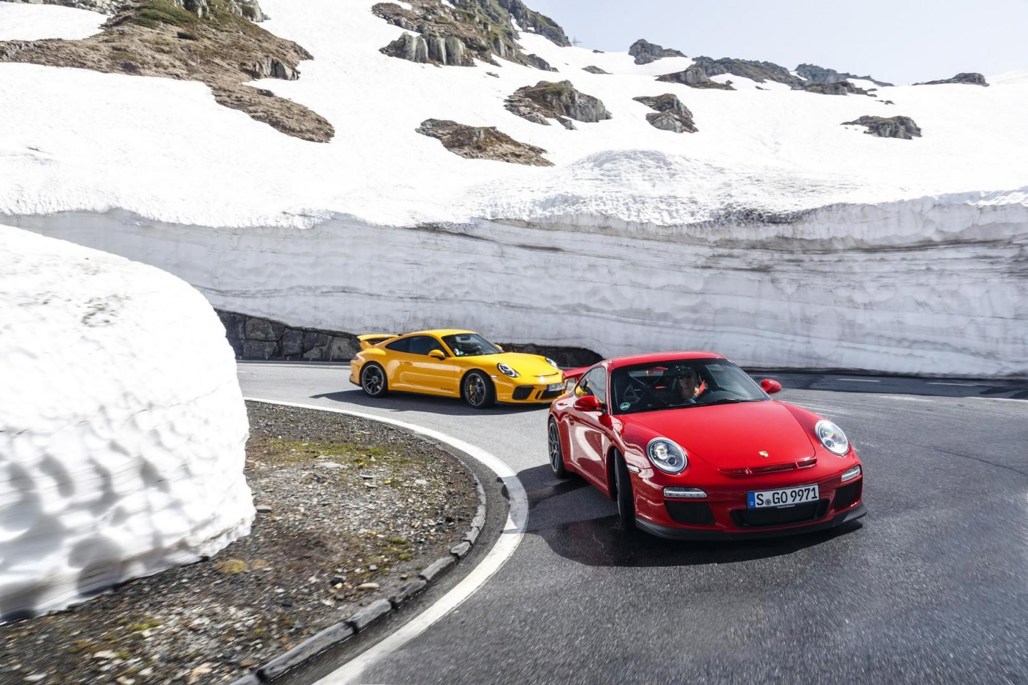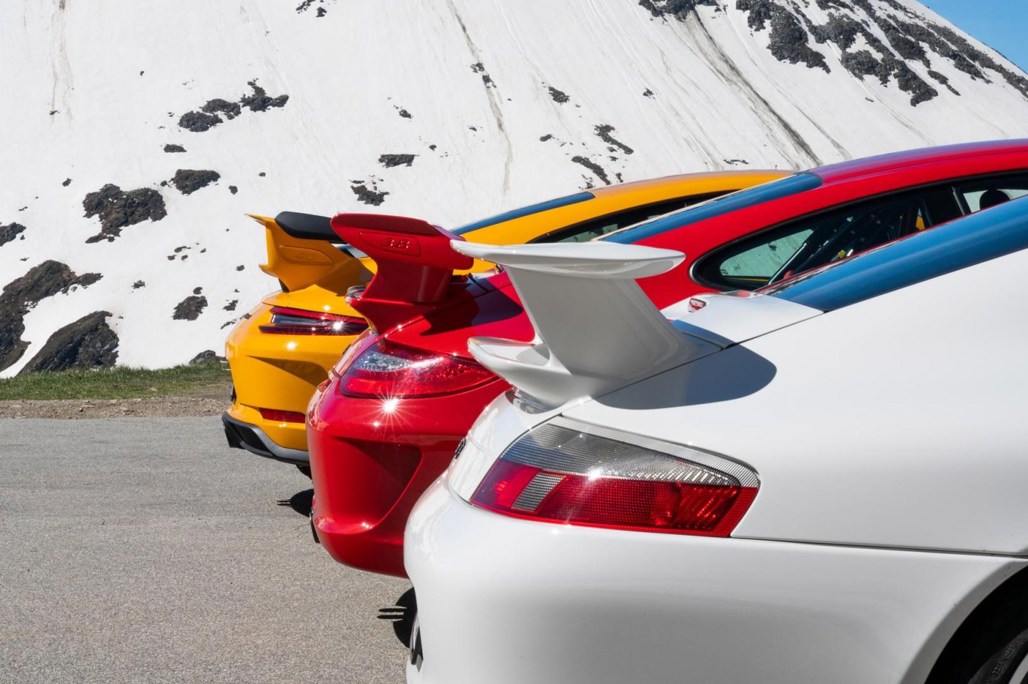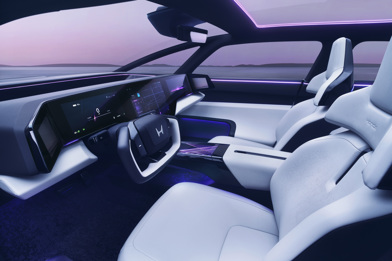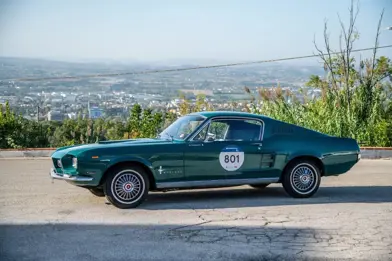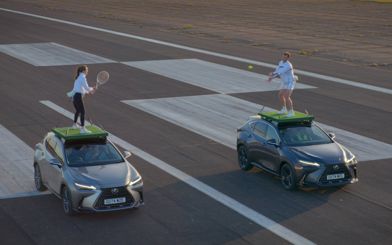There are a myriad of Porsche 911 models. So many that only the most dedicated Porschephiles really know their way around them all.
But the GT3 is universally recognised and revered. With good reason, because it set the bar for a near-ideal combination of motorsport technology with road-car driveability.
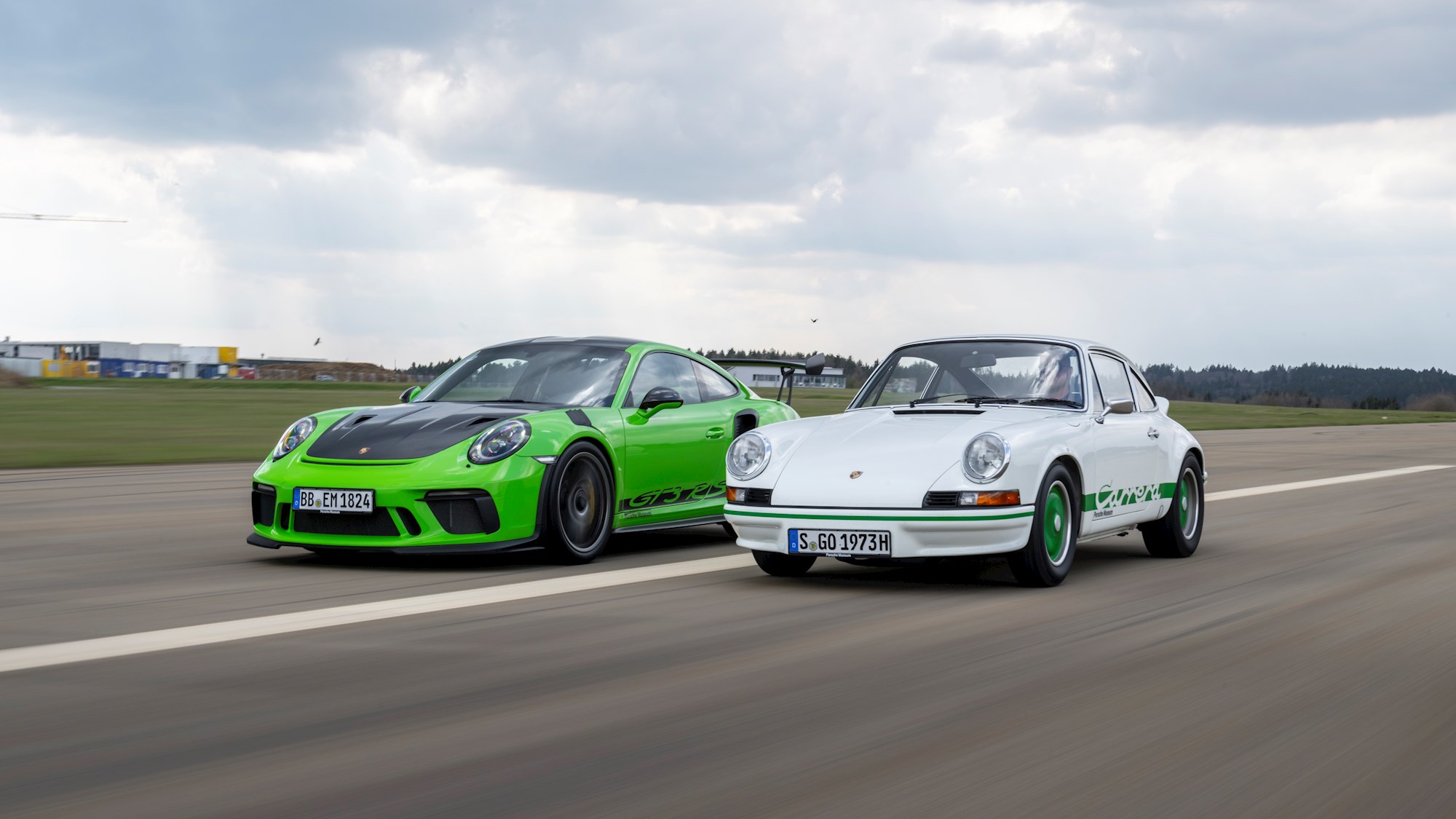
Prior to the GT3 being a thing, Porsche had produced a line of very focused RennSport (RS) 911 models, starting with the iconic 1972 RS Carrera 2.7 (above left). The original 911 GT3 was still a homologation model (where a certain number of production cars have to be made to allow a company to race them), but it also made a circuit-capable package truly relevant for real-world roads.
The 1999 996 (yes, that’s a lot of 9s) GT3 was the first series production car to crack eight minutes around the notoriously challenging and bumpy Nurburgring Nordschleife (7:56:33). Its 3.6-litre engine was derived from that 911 GT1 Le Mans racer, but the focus was as much about finesse as raw cornering speed.
The updated 2004 version got more power, more exotic engine components (lighter pistons, a new VarioCam timing system) and improved aero.
View all Porsche 911s on DRIVEN
But template established, Porsche also started to bring the RS ethos back as part of the GT3 line. To those in the know, the 2003 996.2 GT3 RS (below) is now almost as iconic as that 1972 original: Porsche went to town stripping weight and stiffening up the chassis.
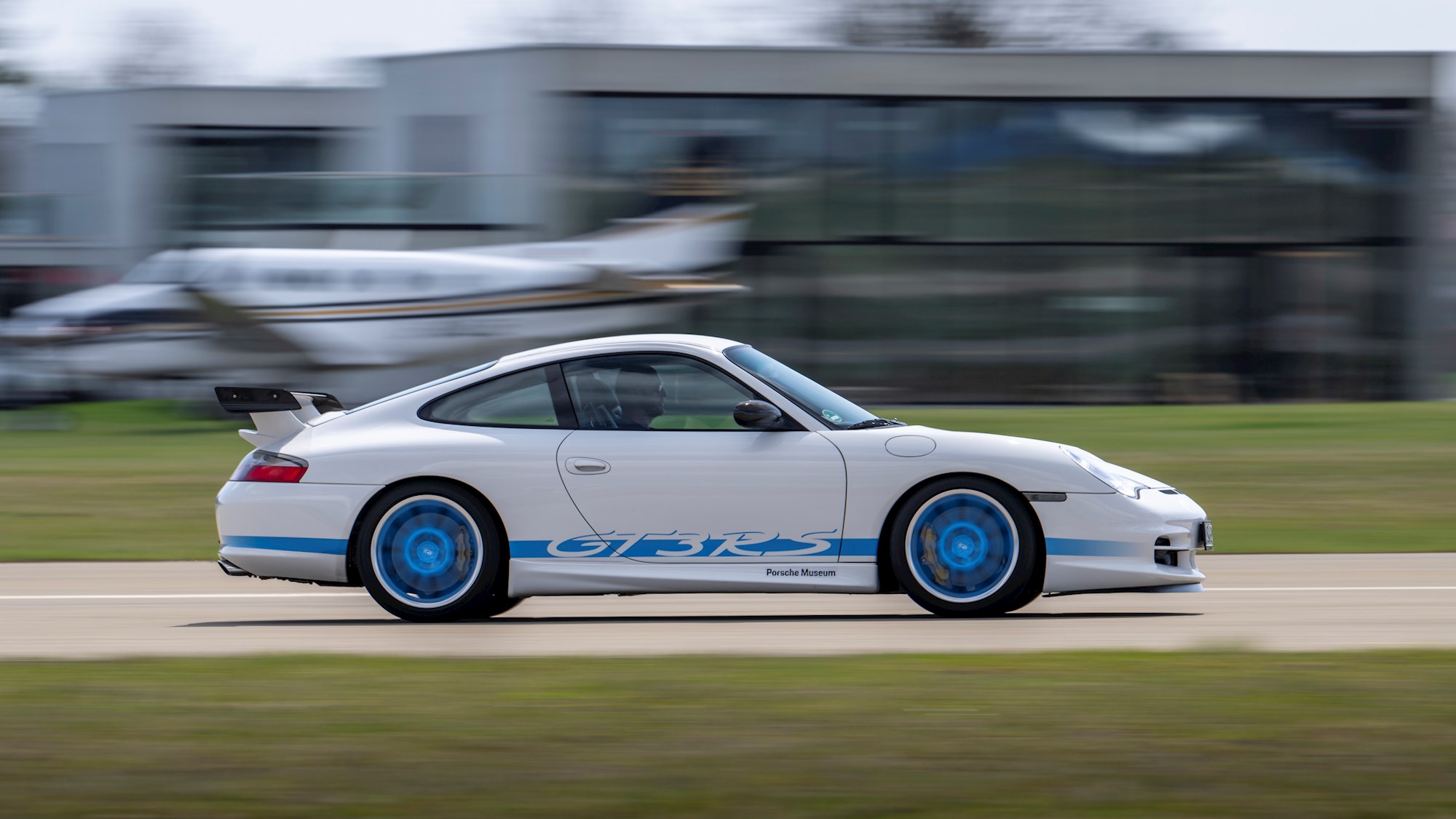
The next-gen 997 GT3 arrived in 2007, followed by the more focused GT3 RS in 2008. This was the first GT3 to have Porsche Active Suspension Management (PASM) and a Sport mode; the RS version was based around the “widebody” Carrera 4 shell and in 2010, the engine was upped from 3.6 to 3.8 litres.
Other GT3 milestones? The 2011 997 GT3 RS 4.0 was the first special-edition 911 GT, with production limited to 600 cars, and featured tech from the RSR racing car.
The all-new 2014 991 GT3 moved to a new 3.8-litre engine and controversially ditched manual transmission in favour of Porsche’s dual-clutch PDK. The 991 GT3 RS introduced rear-wheel steering.
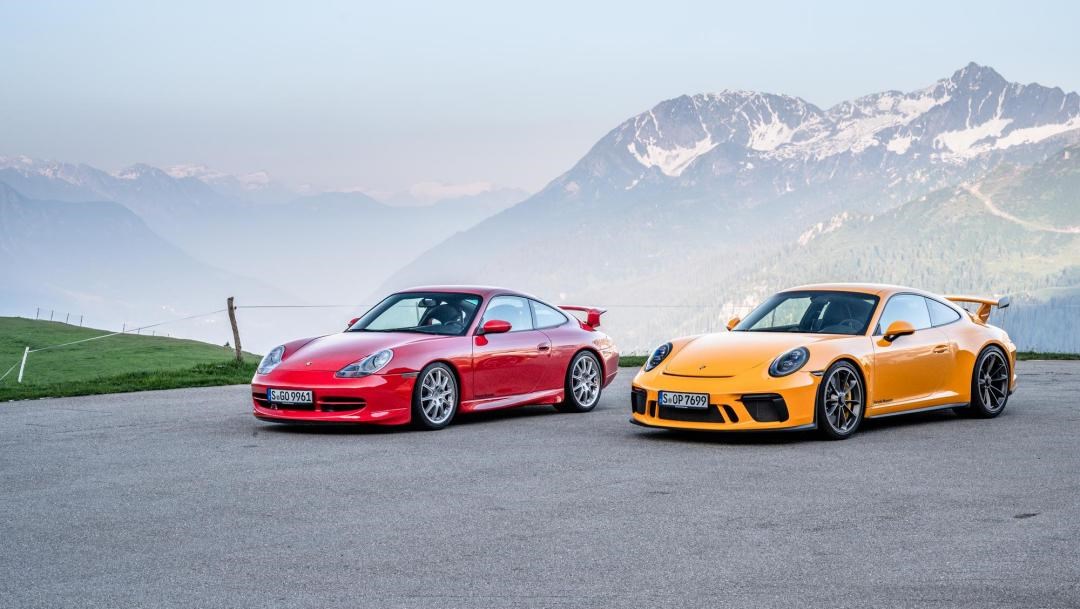
For 2018, Porsche brought back a manual-transmission by popular demand, while the 4.0-litre from the previous RS became the standard GT3 engine; Porsche also introduced a Touring package that replaced the large rear wing with a deployable spoiler and added a more luxurious interior. A new RS version was launched in 2019.
The latest 992 GT3 was revealed last year and we’ve driven it for this issue. But as of this week there’s also a brand new GT3 RS; as ever, it’s not supposed to be the fastest 911, just the best to drive fast.

